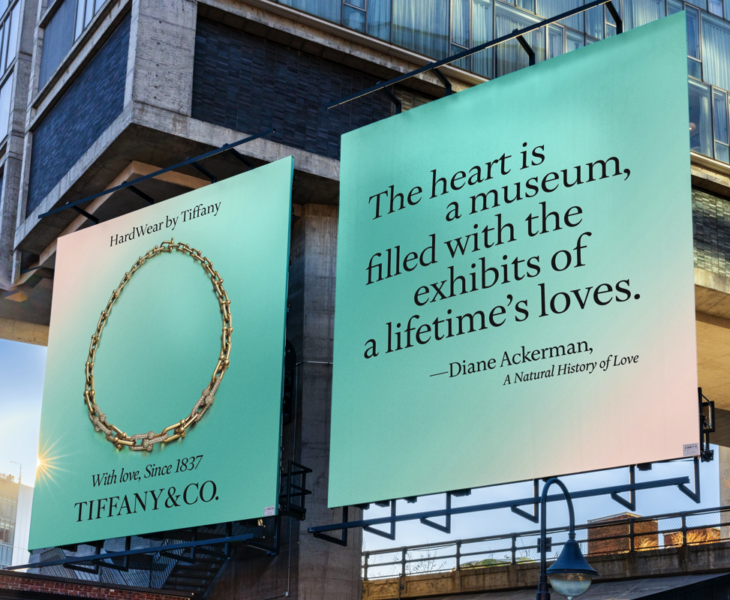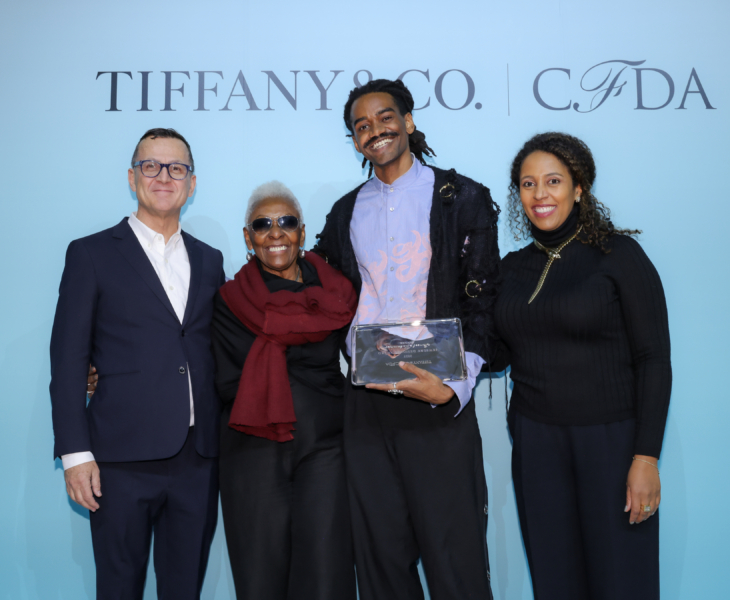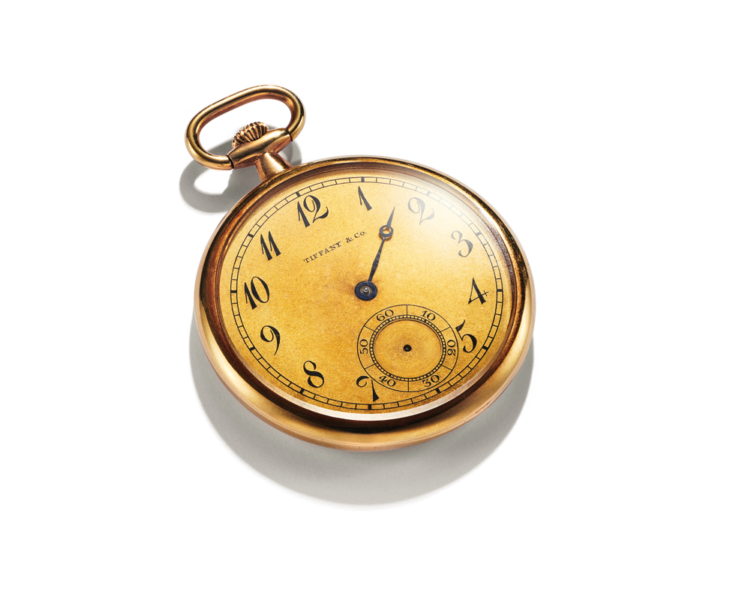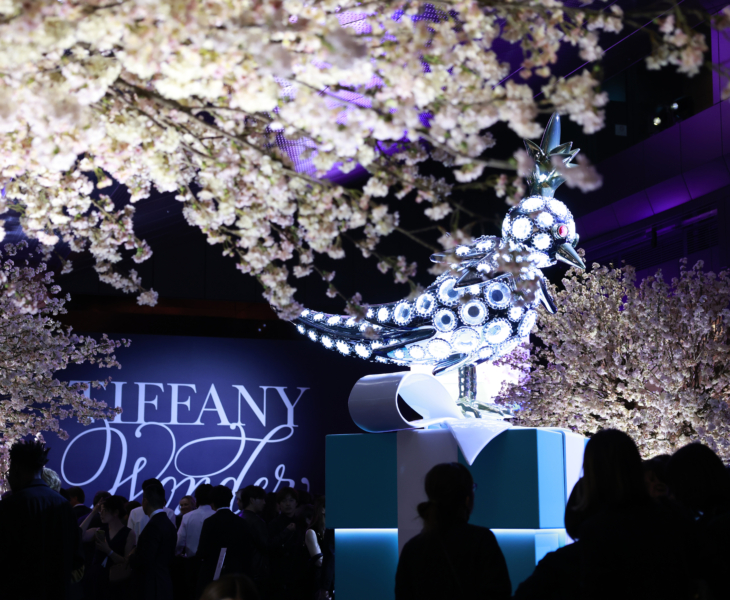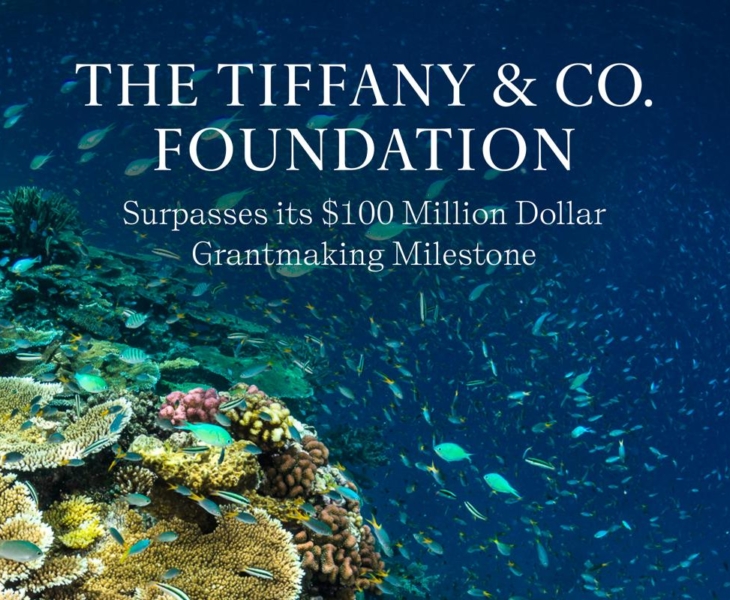Diamonds
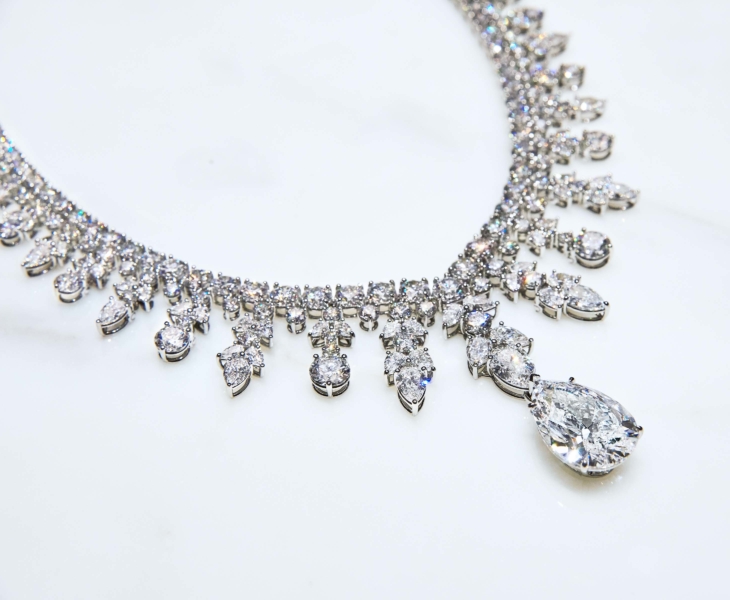
The heritage of Tiffany & Co. is vividly illuminated by the magnificent diamonds that initially brought the company international renown and that continue to highlight Tiffany’s legacy as one of the world’s premier jewelers.
Tiffany’s reign of diamonds began in 1848 with the abdication of King Louis-Philippe of France and founder Charles Lewis Tiffany’s purchase of diamonds from fleeing aristocrats. The sale marked the first appearance of major gemstones in the United States and gave near mythic status to Tiffany’s diamond business.
Now the designated “King of Diamonds,” Charles Tiffany (1812-1902) opened a branch in Paris in 1850. The move brought many more opportunities to purchase gems of noble provenance for America’s newly minted millionaire class, including such titans of industry as the Central Pacific Railroad’s Leland Stanford, who purchased a large share of the Spanish crown jewels from Tiffany & Co. The frenzy for royal jewels culminated in 1887 with the company’s purchase of about one-third of the French crown jewels. Among the ready customers was Mrs. Joseph Pulitzer, who became the proud owner of the Empress Eugenie’s necklace of four enormous diamond rivières; and Caroline Astor, New York’s social queen, who collected the empress’ luxurious diamond corsage ornaments.
With the discovery of diamond deposits in South Africa, Tiffany continued to keep Gilded Age grandees lavishly adorned in jewels. One rare South African find, a 287.42-carat, canary-yellow diamond, the largest yet discovered, was purchased by Tiffany in 1877 and came to epitomize both the era’s extravagance and the jeweler’s never-ending quest for the best. Famously known as the “Tiffany Diamond,” the stone was cut to 128.54 carats and remains on view in the jeweler’s Fifth Avenue flagship store.
The cutting of the Tiffany Diamond was supervised by Dr. George Frederick Kunz (1856-1932), the jeweler’s and the world’s preeminent gemologist, who sourced the astonishing array of diamonds that won gold medals at the great world’s fairs from 1876 to 1915. Tiffany’s exhibit at the 1889 Paris fair, for example, was heralded as “the most extraordinary collection of jewels ever produced by an American jewelry house,” and the jeweler’s exhibit at the 1893 World’s Columbian Exposition in Chicago won an unprecedented 56 prizes. The individual most responsible for this recognition was Paulding Farnham (1859-1927), Tiffany’s chief jewelry designer from 1891 to 1908. Farnham’s creativity lives on in diamond floral brooches of an exquisite and timeless nature.
Tiffany & Co. continued to create the touchstones of every era, including the platinum age of diamonds, as the Roaring Twenties were known, and the 1930s era of Cocktail style jewelry. The most dramatic examples of this exuberant, three-dimensional design-a diamond tiara with a 75-carat emerald and ‘fireworks’ diamond and ruby clip honoring the advent of the aeronautic age-were featured in Tiffany’s exhibit at the 1939-40 New York World’s Fair.
Tiffany’s history in the 20th century is marked by the arrival of supremely talented designers whose contribution to art and fashion is legendary and filled with diamond-studded jewels. Jean Schlumberger, who arrived at Tiffany in 1956, contrasted the warmth of gold and vibrant colored gemstones with the cool brilliance of diamonds in magical improvisations on flowers, birds and ocean life. In the 1970s, Elsa Peretti redefined elegance with her revolutionary Diamonds By The Yard®. In the 21st century, the design world made icons of Frank Gehry’s “Fish” and “Torque” shapes in pavé and round brilliant diamonds.
These classic creations join other contemporary collections of diamonds, including rare colored diamonds, inspired by jewels in the Tiffany & Co. Archives, as well as fashioned by the mood of the moment. Altogether they dazzle the eye with a fiery allure and fresh, modern attitude.
Tiffany diamonds past and present burnish the jeweler’s reputation not only for ultimate glamour, but also for love and romance, a distinction rooted in the 1886 introduction of the Tiffany® Setting, which launched the engagement ring as we know it today. An innovation of its time and still among the most popular ring designs, the six-prong platinum setting established the standard for beauty and quality that characterizes Tiffany’s engagement ring collection. Among the designs are Lucida®, one of the rare patented diamond cuts; The Tiffany Legacy™ Collection’s diamond-encrusted setting that captures the opulence of the Edwardian period; and Tiffany Novo, a brilliant cushion cut based on the faceting of the famed Tiffany Diamond.
Tiffany’s diamond standards are far more stringent than those recognized by the industry. In addition to cutting for brilliance, the jeweler accepts only two percent of gem-quality stones. These top-tier diamonds are cut with exacting measurements, including precision of cut, symmetry and polish. Together these factors give Tiffany diamonds their breathtaking sparkle.
Over time, this technical superiority has given Tiffany diamonds an incontestable edge in fashion, in symbolizing love and commitment, and in achieving an honored place in the history of American design.TIFFANY & CO., TIFFANY, the TIFFANY SETTING, LUCIDA and TIFFANY CELEBRATION are trademarks of Tiffany and Company.
